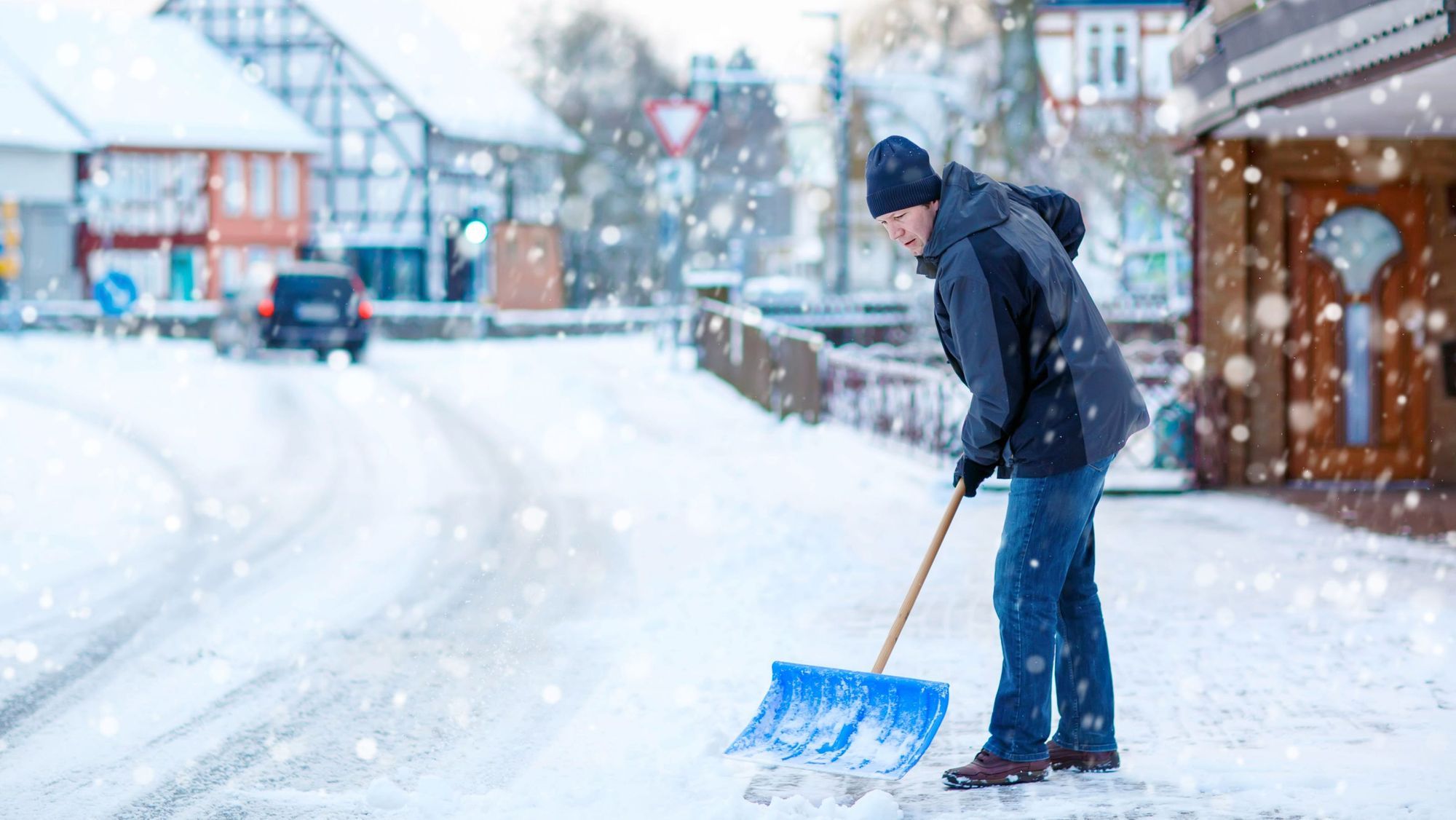Why Shoveling Snow is a Dangerous Activity For Older People
Snow shoveling is a strenuous activity that involves the hands, which is more tasking than leg work. A shovel of snow can weigh up to 15 pounds on average. Imagine having to bend, lift this weight, and move it to another side repeatedly. It’s comparable to lifting weights continuously.
At this point, even a young and healthy person’s heart rate and blood pressure will increase. Certain factors also increase cardiovascular stress. Firstly, many people who shovel snow rarely exercise or perform any physical activity for months. Secondly, most people will naturally hold their breaths when lifting a heavy shovel of snow, leading to a Valsalva effect.
A Valsalva effect increases blood pressure when performing strenuous work. Thirdly, the typical time people shovel snow is in the morning, when circadian rhythms make them more vulnerable to cardiovascular issues.
Combining these scenarios with the cold temperature creates the perfect cause of a heart attack. Why? Cold air can increase blood pressure, constrict arteries, and restrict blood flow to some parts of the heart. As a result, blood clots form, leading to a gradual shutting down of the heart muscle cells and eventually death.
- Other health-related hazards older adults face from shoveling snow includes
- Slips and falls: Many older people experience muscle weakness and poor balance, which increases their risk of falling.
- Frostbite: Senior citizens with poor blood circulation or diabetes are at a higher risk of getting frostbite, leading to the destruction of tissues.
- Hypothermia: As people age, they experience sarcopenia and slow metabolism rate that leads to a quick loss of body heat. Inability to maintain normal body temperatures while snow shoveling can cause hypothermia
- Influenza: Flu is prevalent during winter, and older people are susceptible to it, due to a weak immune system.


